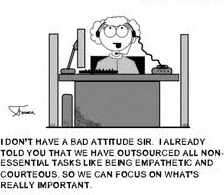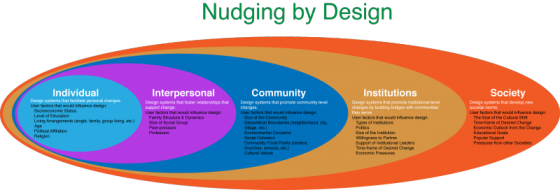
For the last several years, the has been a steady drum beat: Gamify, Gamify, Gamify. Universities are struggling to gamify their students and curricula, hospitals seek to gamify their staff, corporation are trying to gamify their sales strategy. Gamification is everywhere. What’s lacking is a clear understanding of what it is and what it isn’t. Here is a couple of examples where gamification of user activity was causing direct harm. Understanding what drove undesirable behavior allowed designers to remove those aspects from interaction intentionally. And an example of using gaming strategy to increase sales. Online Support for Anorexia Patients British online support site for young eating disorder sufferers provides access 24/7. It is absolutely vital to help children during times when they feel vulnerable, especially once they’ve been released from a program. But old habits are hard to break. It’s easy to devolve into a numbers games on a public BBS — “I’ve lost/gained 5 pounds in the last 2/4 days” is an absolute trigger message for a person recovering from anorexia. Anorexia is a numbers game: How long can I go without food? How little can I eat per day? How many pounds can I lose? How fast? There’s…






